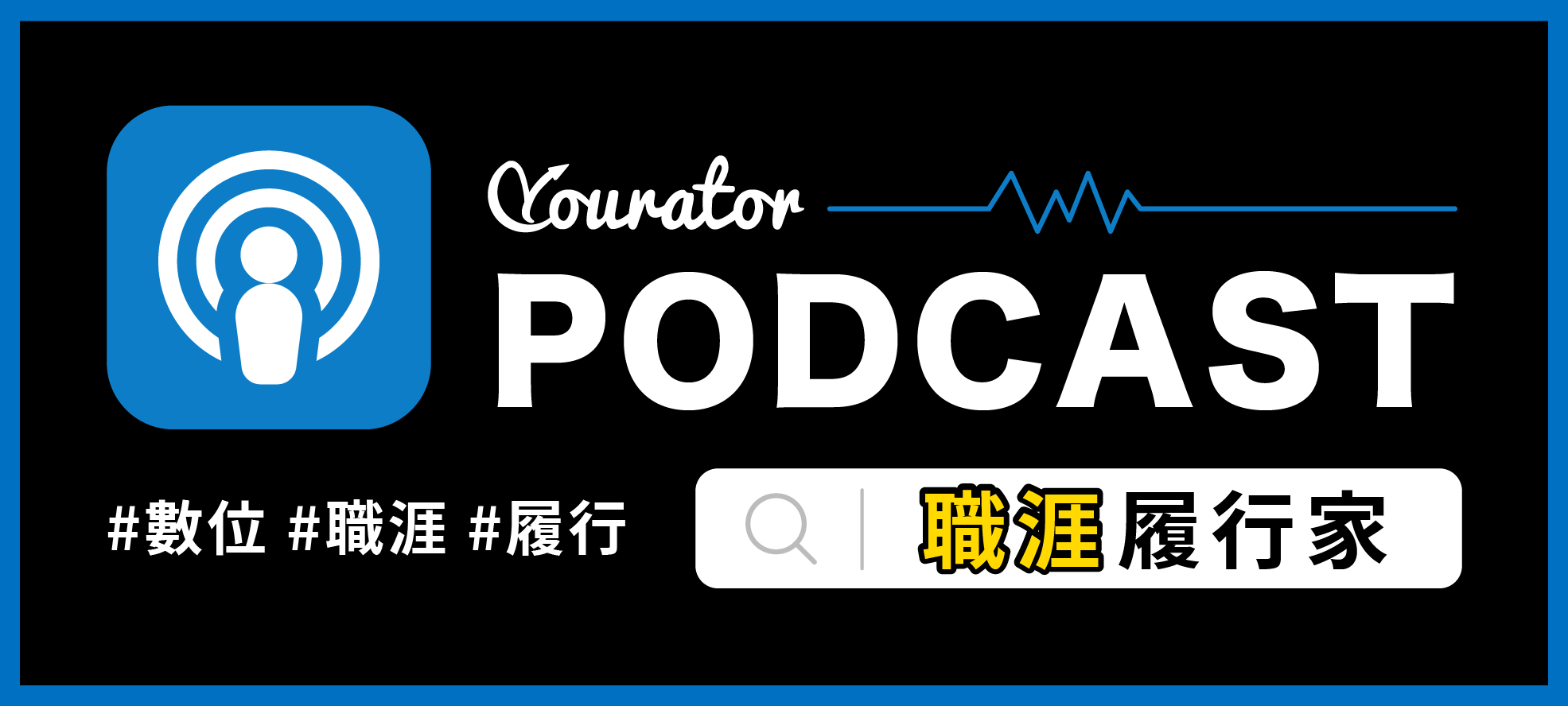What exactly is a CV? This question often puzzles job seekers. This article will explain what a CV is, how it differs from a resume, and will also cover techniques and content to include when writing a CV. After reading this, you won't have to worry about being clueless when a company asks you to submit a CV during your job application!
Content:
- What is a CV? How is it different from a Resume?
- When is a CV used? Common CV usage scenarios
- How to write a good CV? CV content and formatting techniques
What is a CV? How is it different from a Resume?
CV is actually an abbreviation of the Latin term "Curriculum Vitae," which literally means "course of life." Although both CV and Resume are documents used to introduce your experiences and why you're suitable for a position, there are some differences, and some companies explicitly distinguish between the two.
The biggest difference: CV and Resume differ in content length
-
A CV is usually longer and more comprehensive, while a resume is concise, typically 1-2 pages of A4 length.
-
The more extensive content of a CV means it needs to be more detailed. Besides results, it should highlight how the process was carried out, while a resume primarily emphasizes outcomes.
💡 For example, if you've won the Best Arrangement of the Year award, on a Resume you might emphasize that you received this award. However, in a CV, you can present which concepts you incorporated, what software you used, which instruments you included, and what kind of atmosphere you created... etc., detailing the process of your arrangement creation that led to the final result.
Remember, while a CV has no length limit, it shouldn't be unnecessarily long. The content should still revolve around the highlights relevant to the position you're applying for or what the company values. Try to describe as much as possible how you achieved your goals or obtained your results
➤ Avoid These 3 Common Mistakes When Writing Your CV/Resume!
When is a CV used? Common CV usage scenarios
For general job applications, submitting a resume is usually sufficient. CVs are commonly used in academic settings, such as applying for overseas degrees or scholarships, as well as for higher-level positions, government departments, medical and academic positions. These positions require a more in-depth understanding of the applicant, making a CV more suitable than a Resume.
How to write a good CV? CV content and formatting techniques
A good CV allows you to showcase your unique qualities and, through detailed descriptions of your career development, make HR more interested in you. So how do you write a CV? What kind of format or writing techniques should you use?
Key points for CV content writing
-
Essential key content
As mentioned earlier, CVs are more commonly used for higher-level positions or in academia. Therefore, in addition to basic information such as contact details and educational background, you should dedicate more space to other key content like career development, project achievements, academic background, and awards records, etc.
Depending on the situation, you can integrate your education or career into a summary paragraph.
-
Concise and not verbose
CV content should detail past achievements, events, and key processes and details of your career, but the wording should still focus on content that HR cares about. Don't turn it into an essay!
➤ Using STAR Principle to Enhance Your Resume
CV Format Considerations
-
Pay attention to layout
Since CVs contain more words and longer descriptions, be careful not to let the layout become disorganized, as this can negatively impact HR's reading experience. You can arrange the layout according to importance, chronological order, or other methods, but remember to keep the arrangement consistent.
-
Use headings effectively to emphasize highlights
Appropriate use of headings can guide HR to grasp the highlights of each section and attract them to delve deeper into the process.
-
Be mindful of content proportion
Keep information unrelated to the job position to a minimum. Focus the content on what HR values most, such as past career achievements or academic contributions.







